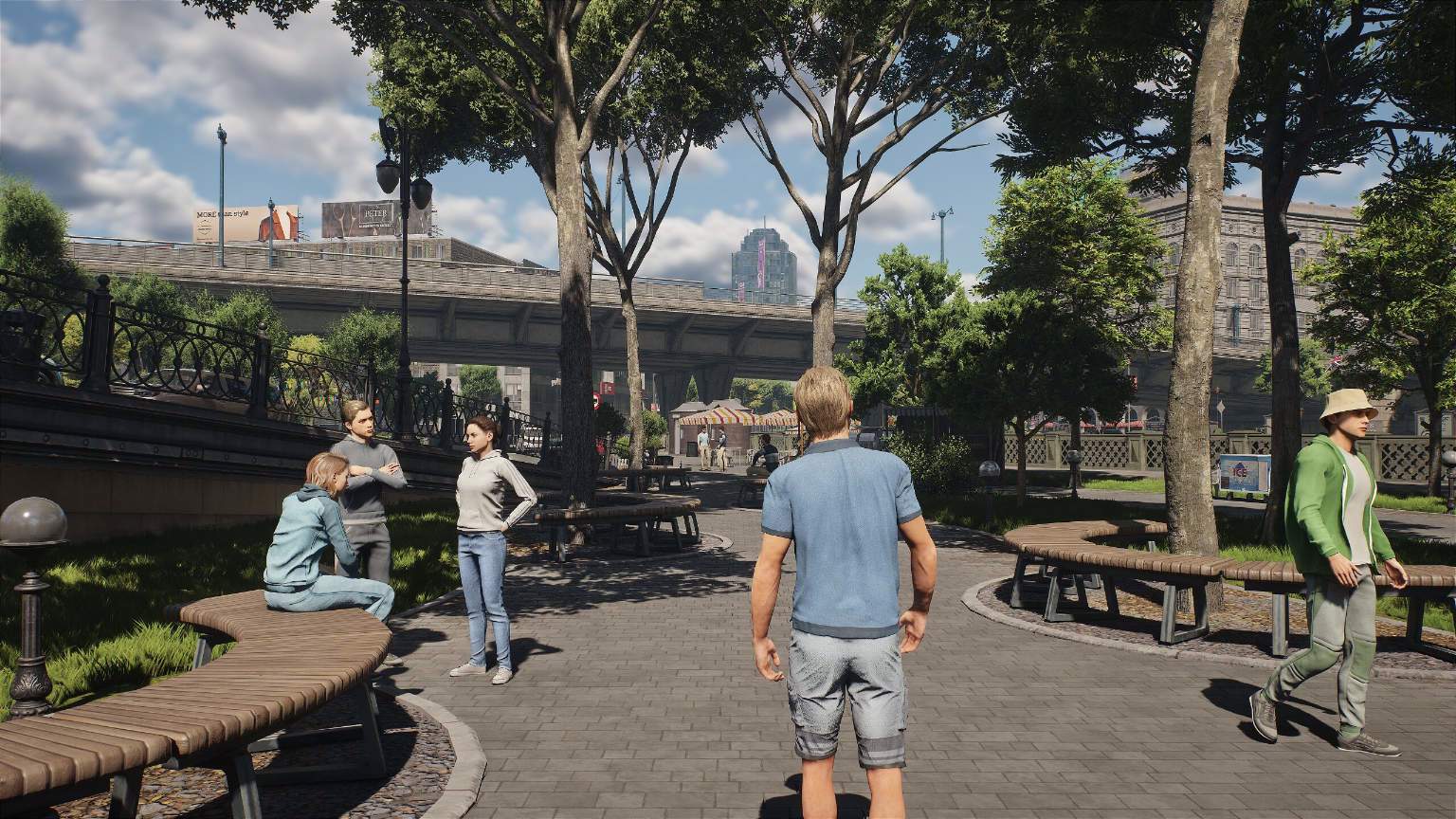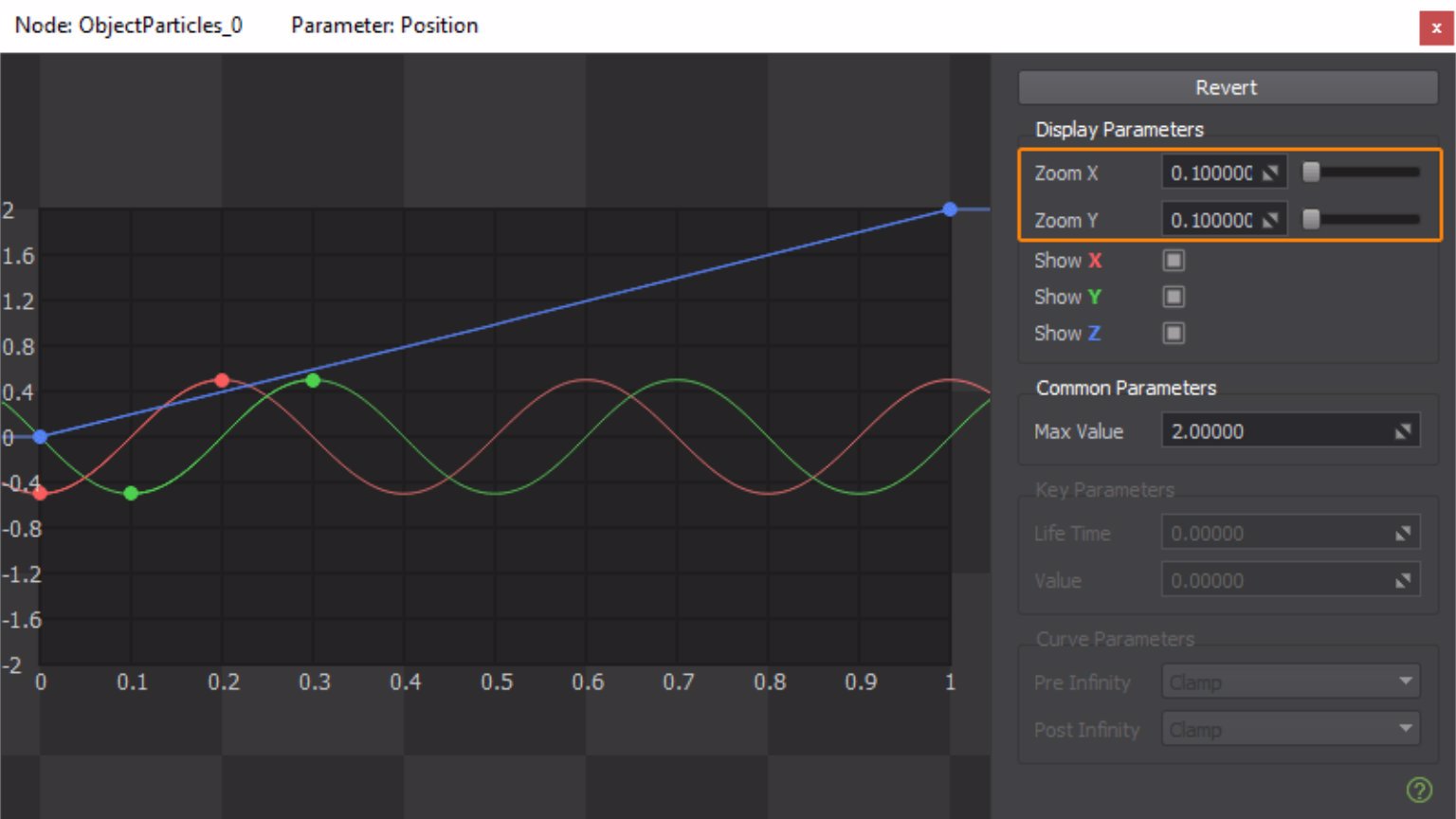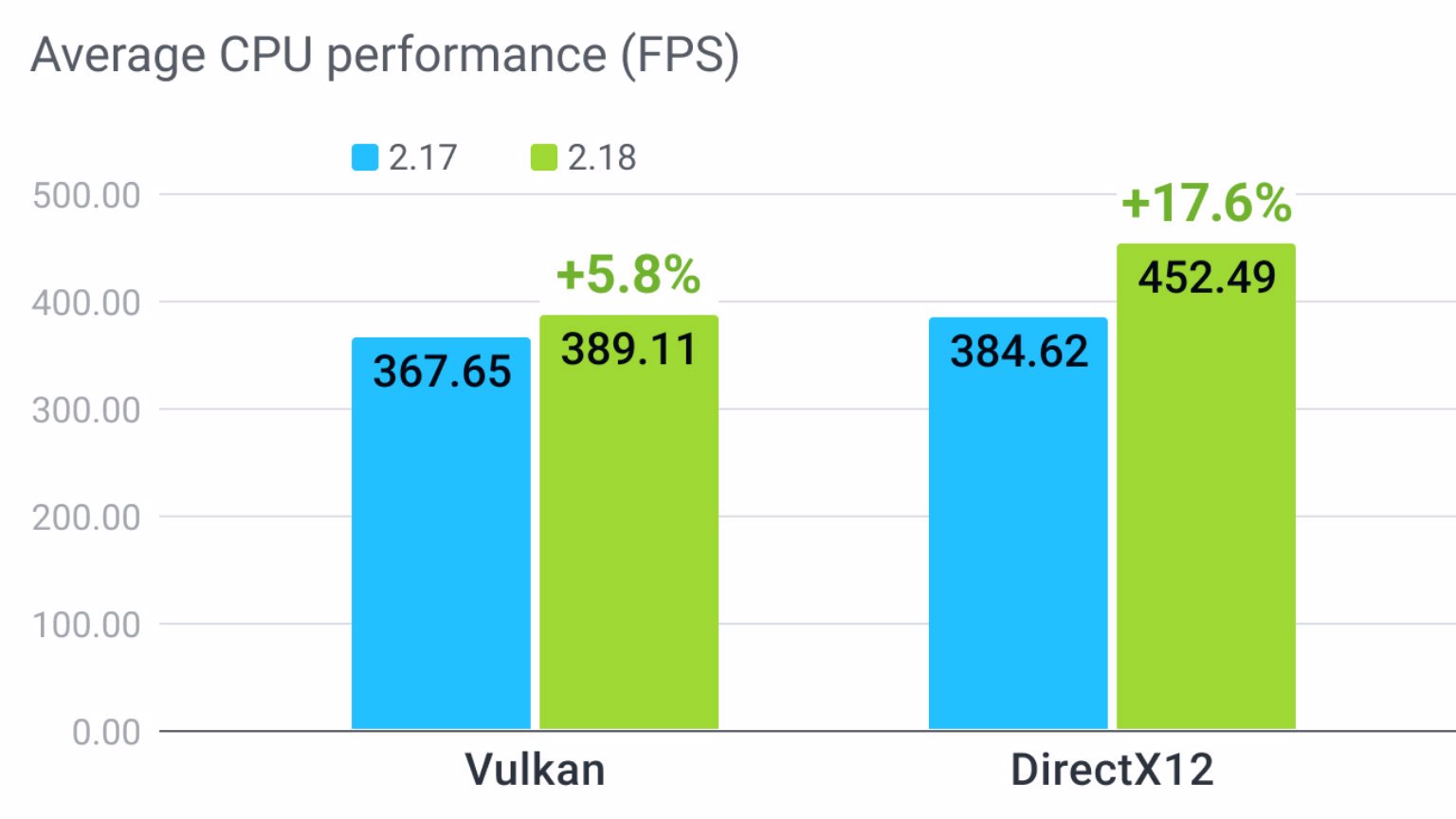Unigine, the multi-purpose 3D engine has been updated to version 2.18. The new release focuses on improvements in visuals, animation, and virtual reality (VR), making it a valuable update for game developers.
In terms of visuals, new features have been introduced, including a local tone mapper, a multiplicative blending mode for Voxel Probe, and additional sharpen and blur options for mipmaps.

The update also brings improvements to Exposure, White Balance Correction, Denoiser, and the translucence effect. Additionally, asynchronous shader compilation has been implemented to enhance performance, addressing the issue of the engine freezing during shader compilation.
When it comes to animation, there are improvements to morph targets and the addition of various experimental features. These experimental features include Basic Animation Retargeting, which allows users to share and reuse animations between models, Animation Frame Masks, Basic Inverse Kinematics, and the introduction of a new Sequencer API.
On the VR front, the development of applications has been simplified by integrating VR support directly into the core of the engine, eliminating the need for separate plugins. It includes out-of-the-box support for OpenVR and Varjo, an updated VR template, and a unified input system that grants access to a diverse array of VR devices.
The editor has also seen improvements and now includes a fullscreen viewport mode, additional visualizers and helpers, and an improved World Nodes Hierarchy. Furthermore, it introduces Batch Rename, an updated Cleaner with a search for similar assets, improved GLTF/GLB support, an updated Material Graph Editor and more.

Multiple performance optimizations have been made to the engine, including CPU-side enhancements in Vulkan and DirectX 12. The RAM consumption has been reduced by up to 18%, the Interleaved denoiser is now 4x faster, and there are improvements such as 2x faster subsurface scattering and up to 4x gain in indirect lighting performance.
Additionally, the update introduces distributed updates of shadow cascades across multiple rendering frames, the reuse of shadow maps, and the elimination of spikes during the creation of static meshes and read-only textures.

Other notable changes included in this release are a new event system that replaces callbacks, support for OpenSSL and graph-based materials, an updated FPS counter and faster decompression in Landscape Terrain.
To top it off, there are also new rope simulation samples and a new Drone Simulator demo project.
For more information and to access the latest version, visit the Unigine website.




